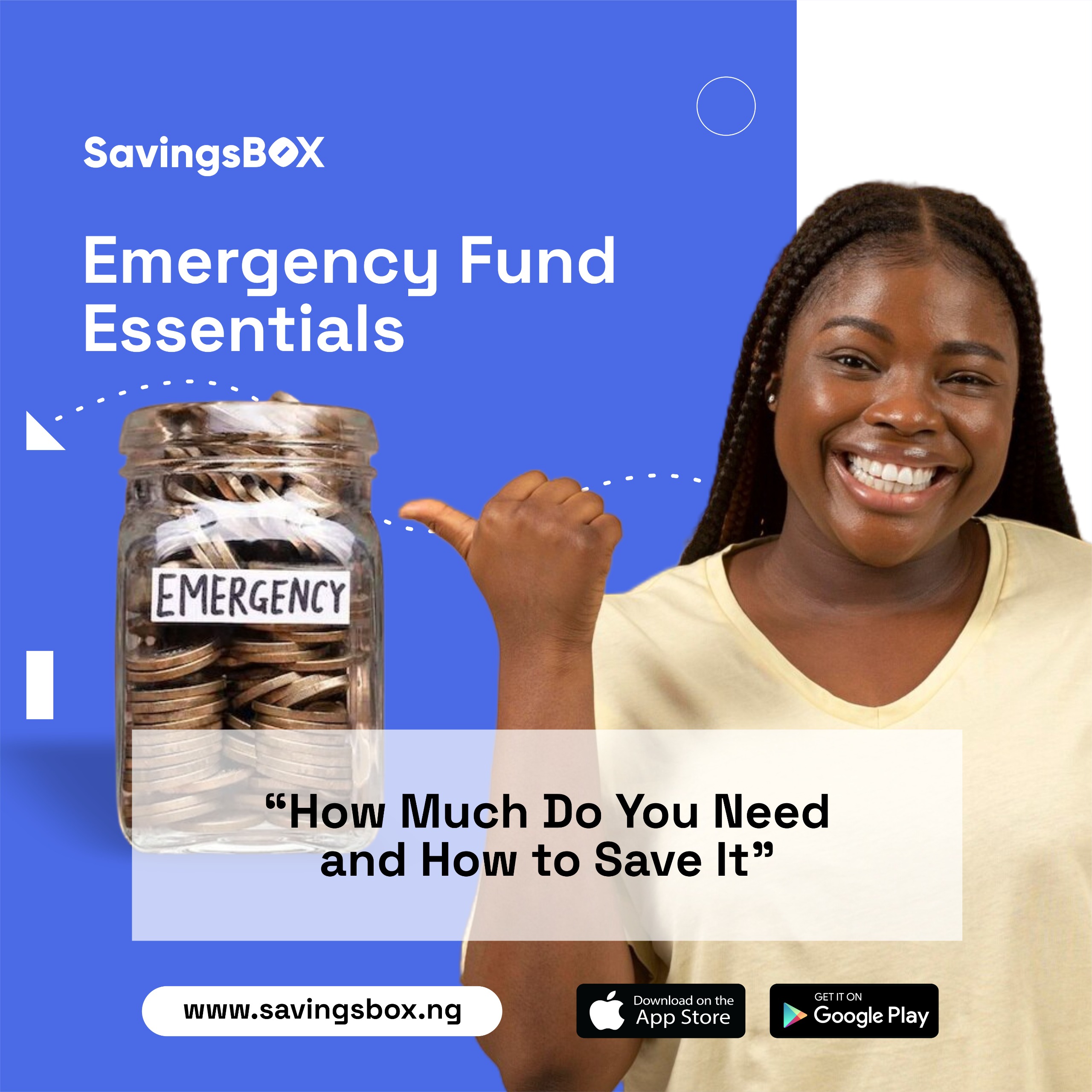Share This Article
In this current economy, having an emergency fund is crucial for financial security. Maybe your car breaks down unexpectedly, you face a medical bill, or your income takes a temporary dip. An emergency fund acts as a financial safety net, shielding you from unexpected financial hardships and helping you maintain peace of mind.
Why is an Emergency Fund Important?
Imagine facing a sudden financial emergency without savings. You might be forced to rely on loan apps or even borrow from friends and family. An emergency fund helps you avoid these pitfalls and navigate financial roadblocks without jeopardizing your long-term financial goals.
How Much Should You Save?
Financial experts generally recommend saving 3-6 months of living expenses in your emergency fund. The ideal amount depends on your individual circumstances. Consider factors like:
- Your income: If you have a steady income, you might aim for a 3-month period.
- Your dependents: With dependents, aim for a higher amount to cover potential expenses for everyone.
- Your job security: If your job is unstable, consider a larger emergency fund.
- Your overall debt: If you have significant debt payments, prioritize debt repayment before aggressively saving for an emergency fund.
Steps to Build Your Emergency Fund
Small steps add up. Here are some strategies to get you started:
- Assess Your Monthly Expenses: Calculate your essential monthly expenses, including rent, utilities, groceries, transportation, and black tax.
- Set a Savings Goal: Based on your monthly expenses, set a clear savings goal for your emergency fund.
- Create a Budget: Develop a budget that prioritizes saving. Identify areas where you can cut back and allocate those funds to your emergency savings.
- Automate Your Savings: Set up automatic transfers from your bank account to your emergency savings account. This ensures consistent saving and removes the temptation to spend the money.
- Side Hustles: Consider a side hustle to generate extra income specifically for your emergency fund.
- Choose a savings account with easy access but a slightly higher interest rate than a traditional bank account: High-yield savings accounts like AutoBox, TargetBox and SimpleBox accounts provided by SavingsBox are good options. You can visit savingsbox.ng to get started.
Maintaining Your Emergency Fund
Once you’ve built your emergency fund, it’s important to maintain it:
- Replenish After Use: If you use funds from your emergency account, make it a priority to replenish it as soon as possible.
- Regular Contributions: Continue to make regular contributions to your emergency fund, even after reaching your goal, to account for inflation and changing expenses.
- Review Annually: Review your emergency fund annually to ensure it still meets your needs based on changes in your life circumstances or expenses.
An emergency fund is an essential part of any sound financial plan. Start small, be consistent, and build your safety net. With a well-funded emergency fund, you’ll be better equipped to weather life’s financial storms and achieve your long-term financial goals. Start today by setting a savings goal, creating a budget, and prioritizing your financial security. Your future self will thank you.
Stay tuned for more financial tips and strategies to help you manage your money and achieve your financial goals!


